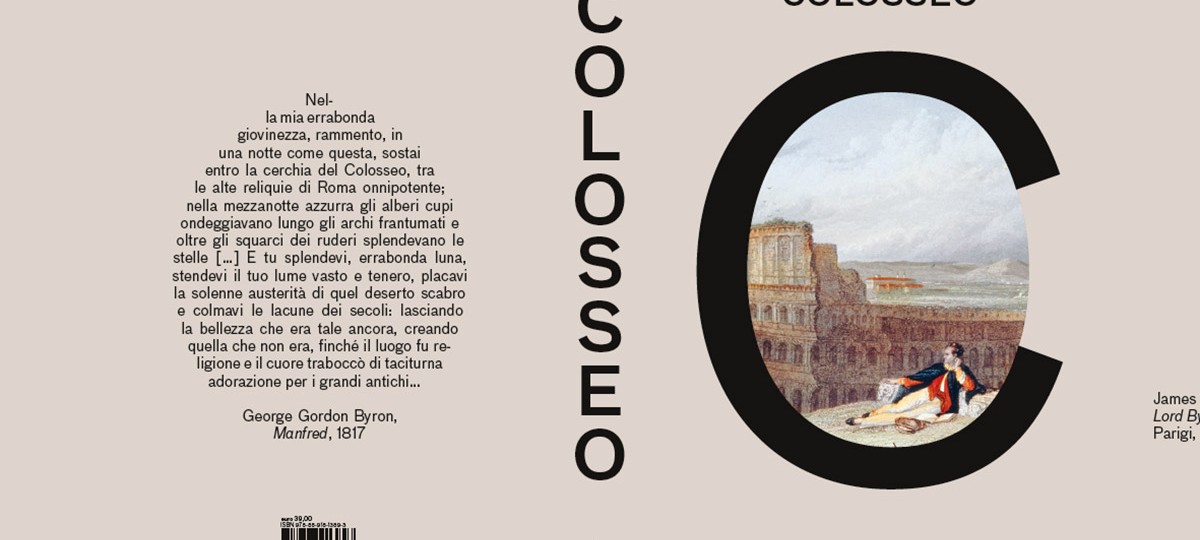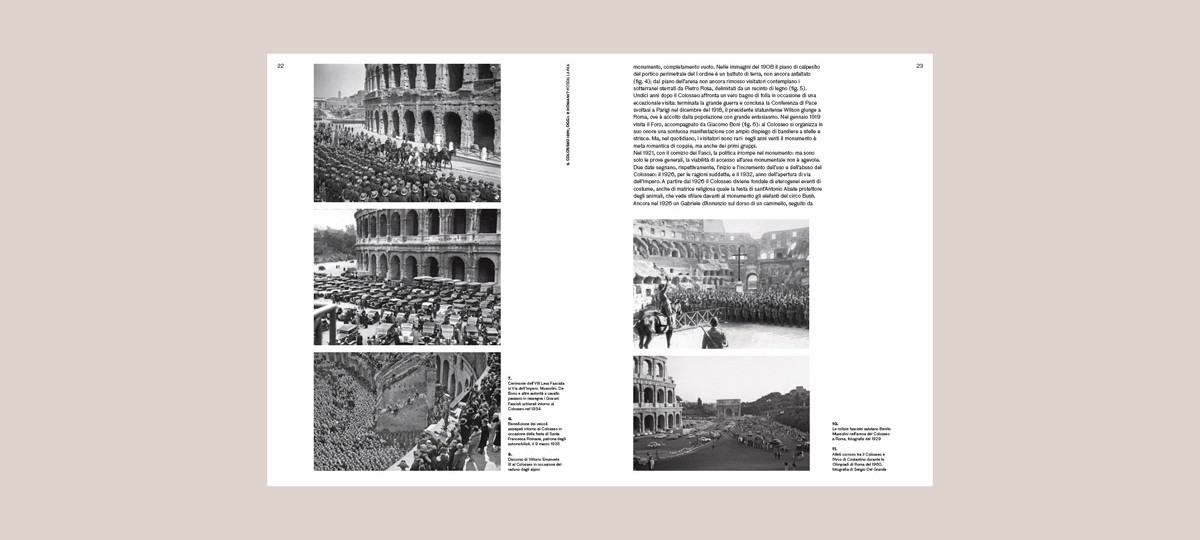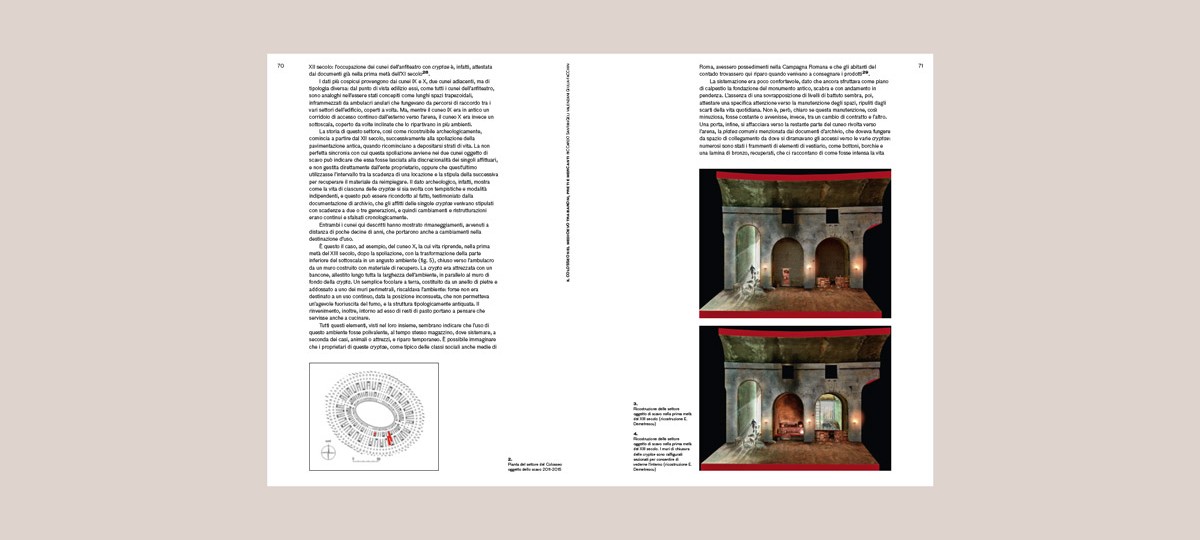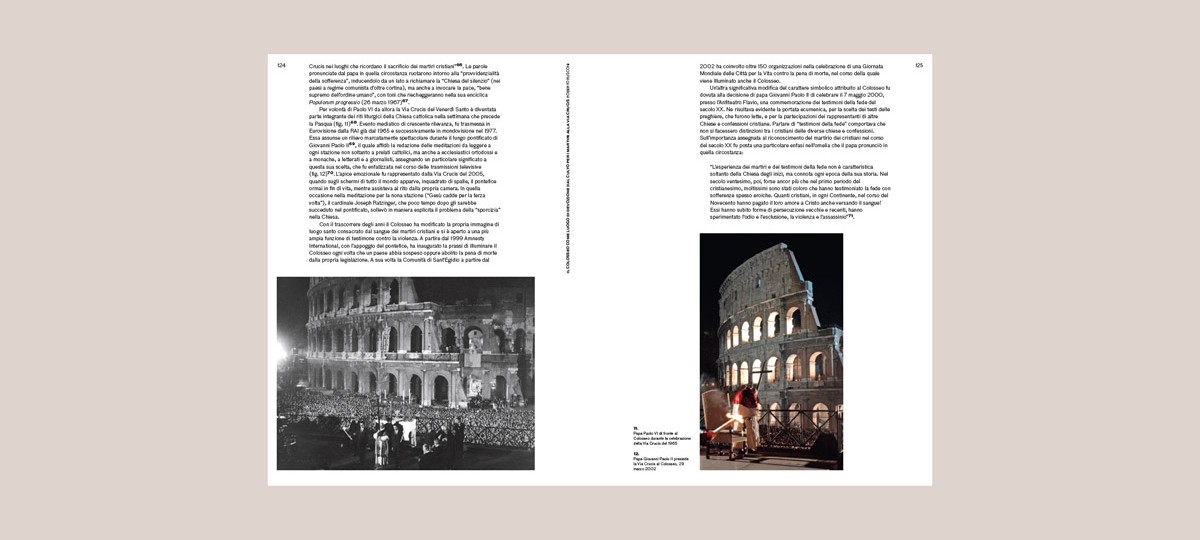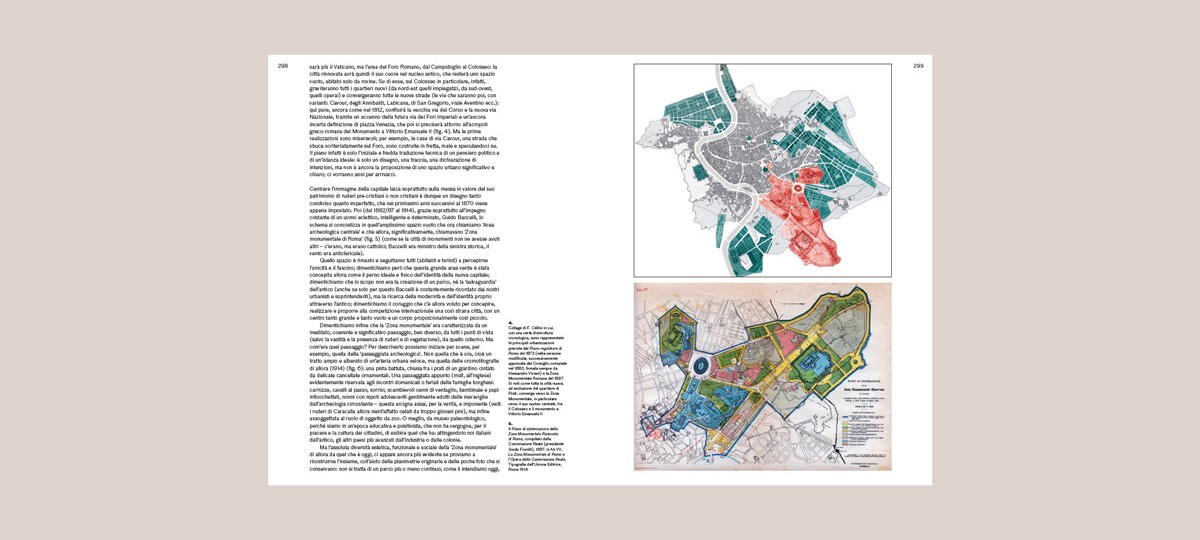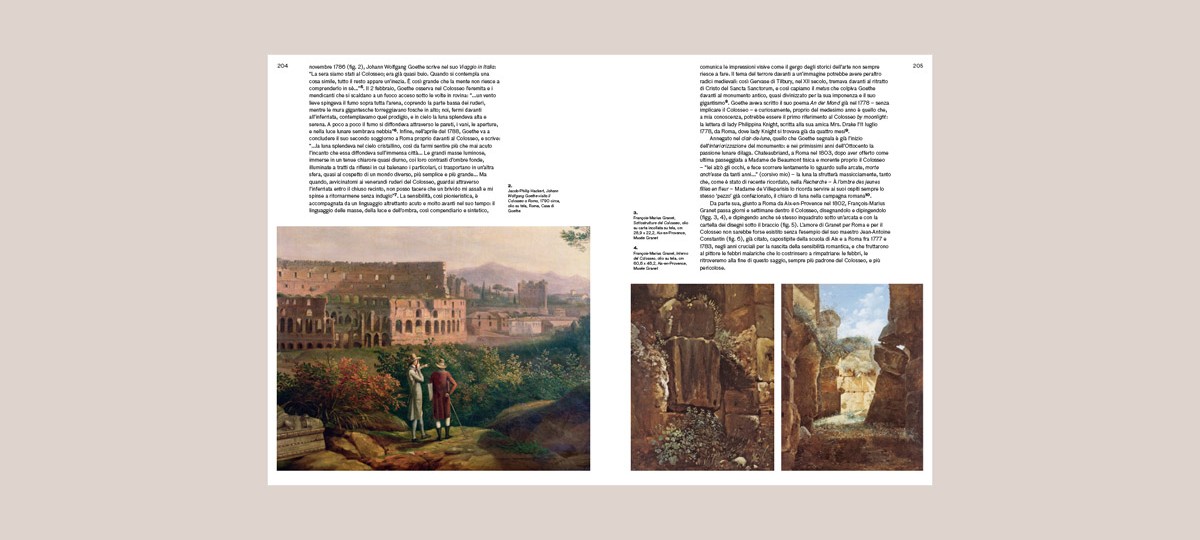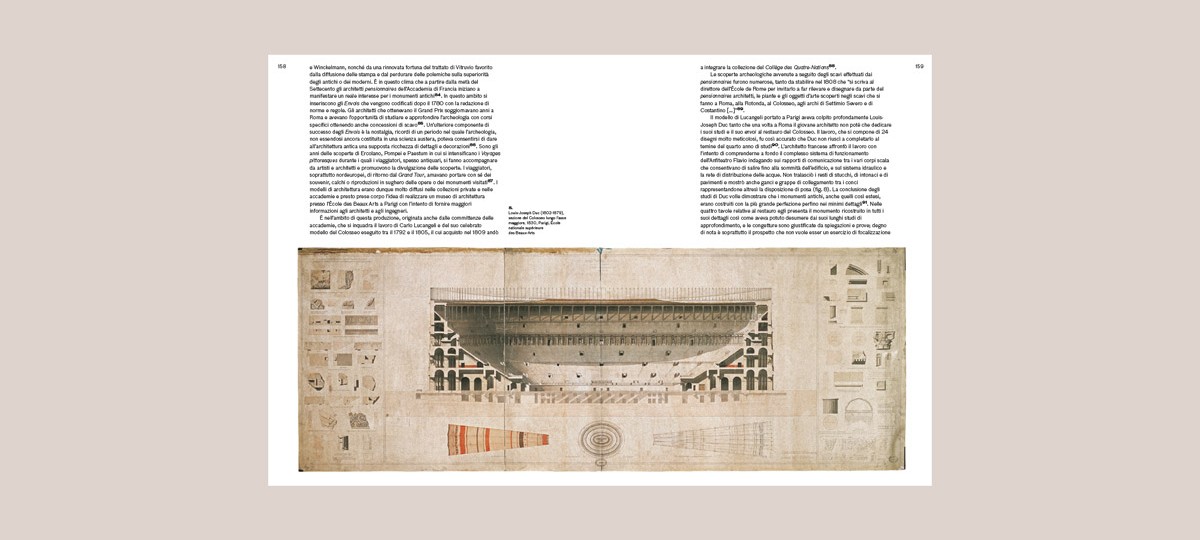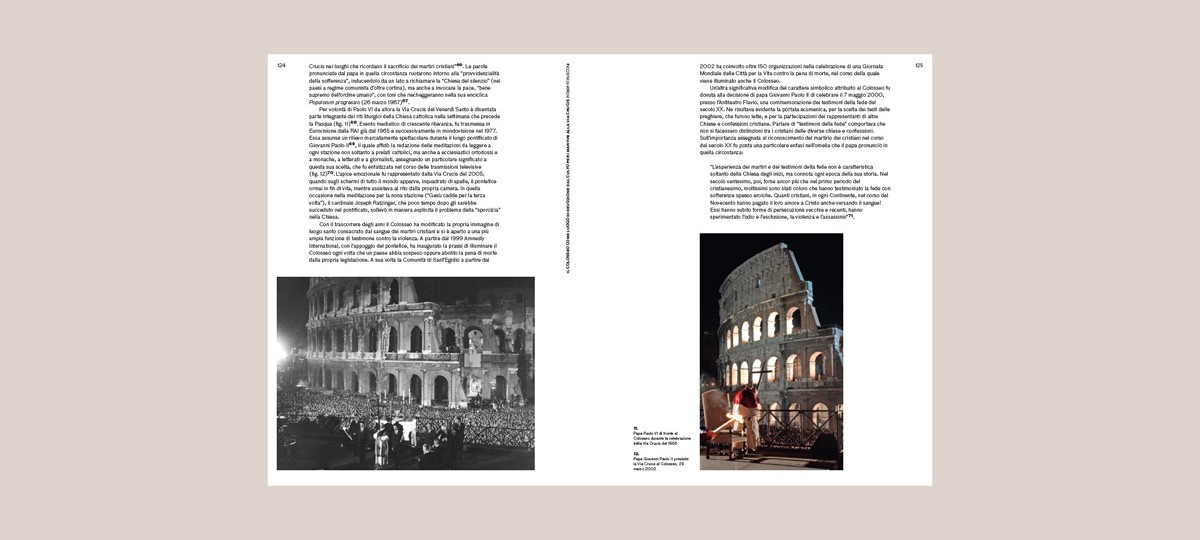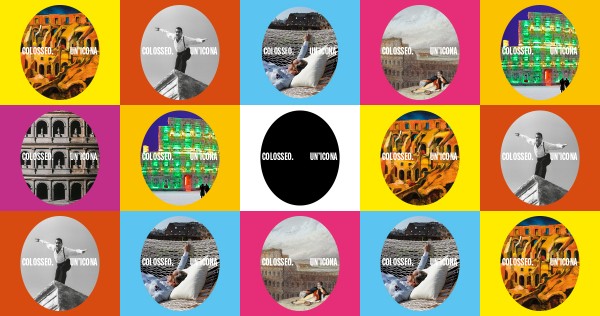The monograph brings together a broad series of scholarly contributions entrusted to the most authoritative specialists and intended to compose an up-to-date and definitive picture of the long and stratified post-ancient history of the Flavian Amphitheatre, a monument that has become an unmatched icon through the centuries..
A scholarly interpretation of the previously unpublished documents of the recent excavations, together with research from the archives, has shed new light on the Colosseum’s role in Medieval Rome, both in terms of everyday life and devotional purposes, with an academically precise reconstruction of the historical role of fraternities. Ample space is dedicated to the Christian history of the amphitheatre, from the cult of martyrdom to the Stations of the Cross. And while Flemish painters imagined it as a magical ruin, Renaissance artists began a careful study of the building’s architecture, which soon became an example for the rest of the world. Special attention is dedicated to the international image of the amphitheatre gleaming in the moonlight for the benefit of the young aristocrats taking their Grand Tour of Europe, or inspiring Romantic writers of literature and poetry, before the excavations and renovation works carried out by the Vatican and under Napoleonic rule restored it to the original shape we admire today.
This book illustrates the Colosseum’s enduring role at the heart of Rome despite the city’s urban and social evolution, before assuming its place today as the icon of Rome’s contemporary visual culture. A place it also holds in the hearts and minds of the general public, as confirmed by research regarding the city that is the first stop on a trip to Italy for millions of tourists.
This book was published for the exhibition Colosseo. Un’icona (Rome, Colosseum, until 7th January 2018)

